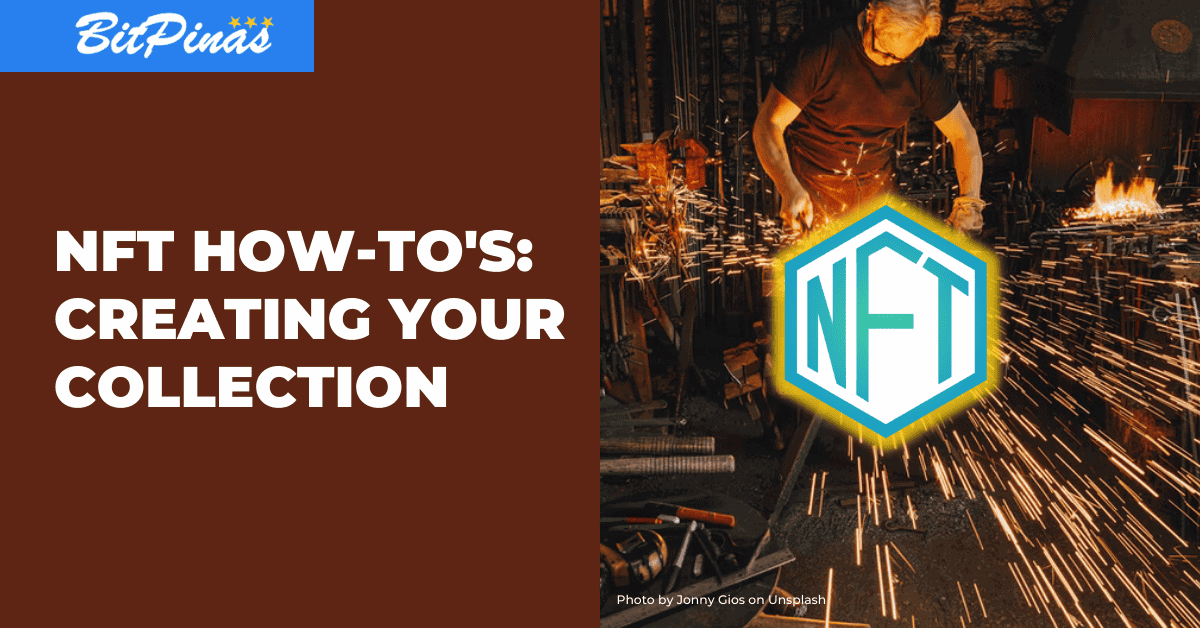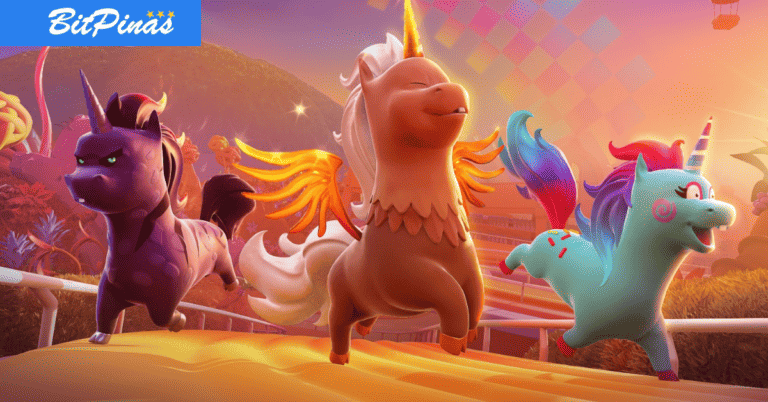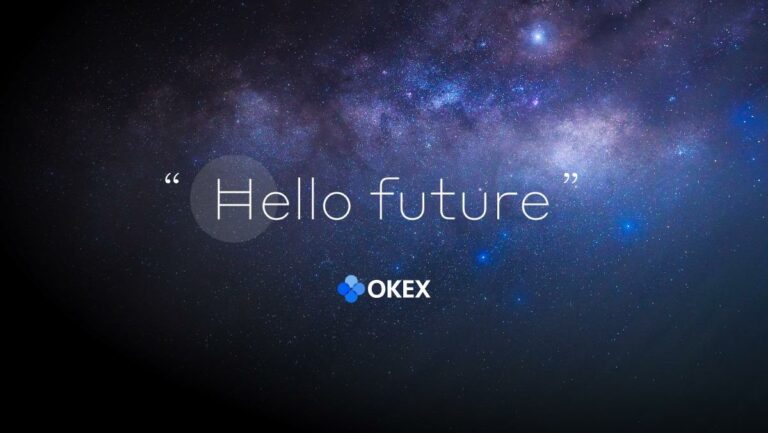How to Make Your Own NFTs
How to make NFT art? Can I really do crypto art without learning to code? Is this free? Find out more in this guide.

Albeit the straightforward process behind creating your own non-fungible tokens (NFTs), a lot of research about Web3 and blockchain technology is necessary to be able to put up crypto art collections online.
There are many factors to take into consideration before creating an NFT collection. Learn to ask yourself questions such as Which blockchain network should I choose? or What website will I post the collection on? A lot of skills, such as coding languages, will also come in handy throughout the process.
Check out our Start Learning NFT Guide here.
Blockchain Technology
What exactly is blockchain technology? Imagine small blocks of information created in a network of computer systems, recording every transaction and activity within the network. These blocks multiply themselves throughout the network making them impossible to be tampered with. The network then becomes a virtual ledger for all who are using it.
Bitcoin, Ethereum, and other alternative coins (altcoins) are different networks. Therefore, Ethereum cannot be used inside the Bitcoin network unless you use a centralized exchange (CEX) like Binance, FTX, Coins.ph, or PDAX to swap or trade between different cryptocurrencies from different networks. For instance, Bitcoin can be traded to Ethereum and vice versa.
There are altcoins or tokens that are on a subnetwork or under a network that can be traded using decentralized exchanges (DEX) like Sushiswap, Uniswap, and Pancakeswap. For instance, in the Binance Smartchain Network (BSC), Pancakeswap can trade Binance coin (BNB) with CAKE, and other tokens under the same network.
To differentiate coins from tokens, tokens do not have their own network but are dependent on coins that have their own network. For example, Polygon (MATIC) token is on the Ethereum network. Coins are used to purchase tokens to be used as utility for a certain project.
Crypto Wallets
To begin the journey into Web3 and blockchain networks, the NFT creator needs to have a crypto wallet. Crypto wallets serve as their storage for cryptocurrencies and are used to transact with other wallets and decentralized applications (DApps). There are two types of wallets: software and hardware. Software wallets are usually added to internet browsers or downloadable on mobile phones. Examples of software wallets are Trust wallet and Metamask, which are widely used since they cover various cryptocurrencies from different networks.

On the other hand, hardware wallets are manufactured by companies like Trezor and Ledger. They are devices that can store different cryptocurrencies (depending on the specifications of the manufacturers) outside of the personal computer. These wallets are secured and owners are responsible for their seed phrase: a 12, 15 or 24-chronological word code. Seed phrases are used to backup your wallet in case one needs to use another device and access the wallet. It is important to note that seed phrases are advised to be written on paper and never stored online. Any losses in the assets are not retrievable, unlike the institutional banks.
There are many crypto wallets to choose from. For Solana (SOL), some of the wallets that are used include Phantom and Solflare. For Tezos (XTZ), the Temple wallet is widely used by its patrons. Do further research on the mentioned wallets and other wallets available; both software and hardware wallets help in avoiding hacking or loss of assets during transactions.
Websites that Caters NFT collections
There are several websites that serve as NFT marketplaces for displaying NFT collections and enabling transactions with potential clients. The widely-used platform by artists, usually shilled in the NFT Philippines Facebook Group, is Opensea which uses Ethereum (ETH) and Polygon (MATIC) as means of transaction. Other platforms are Rarible, an ETH based platform, CNFT.io for ADA, Paras for NEAR, Magic Eden for SOL, and Foundation which is also for ETH.
To be able to create accounts on these platforms, the website will ask users to connect to a crypto wallet and allow access to said wallet.
For further information, BitPinas has articles related to minting, buying and selling using these platforms like How to Mint on Opensea.
What art materials to use to create NFT art?
There is no difference between crypto art, traditional, and digital art—they all use the same materials to create artwork! Like with Sevi, a very talented young artist, whose artwork is painted using acrylic on canvas. His mother, April, would take photos of his artwork and upload them to make his collections.
In the digital art realm, artists use applications on their computers, phones, or tablets. Adobe products like Illustrator, Photoshop, Procreate are popular tools used by computer-oriented artists while mobile phone artists create their artwork through Ibispaint.
Bern Cruz of Aspin and Puspin NFT uses photography to capture photos of dogs and cats and created her NFT collection to raise support and awareness about shelters for rescued animals.
Jopet Arias, co-founder of Crypto Art Ph, uses photography, traditional, and digital media to create his artworks and continues to experiment on these medias to create more artwork in the blockchain.
Titik Poetry has also made spoken poetry by uploading videos on their album with the blockchain, mixing videography and spoken words. Jee is also into spoken poetry associated with her creativite handicrafts and visual arts.
Basically, anything that is available as art materials can be used to start a crypto arts collection; it all boils down to the skill of the aspiring artist and how they will create their masterpieces online.
The basic information found in this article is essential in understanding the web3 and in creating NFT collections but always do due diligence in researching the blockchain to avoid making mistakes and malicious activities like hacking and phishing links that potentially can steal crypto assets.
Check out or Start Learning NFT Guide here.
This article is published on BitPinas: NFT FAQ: How to Make Your Own NFTs
Disclaimer: BitPinas articles and its external content are not financial advice. The team serves to deliver independent, unbiased news to provide information for Philippine-crypto and beyond.





